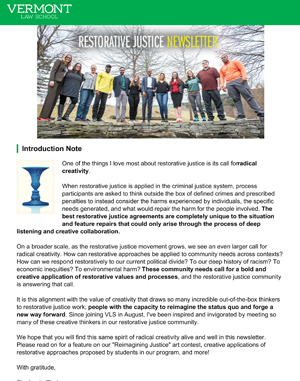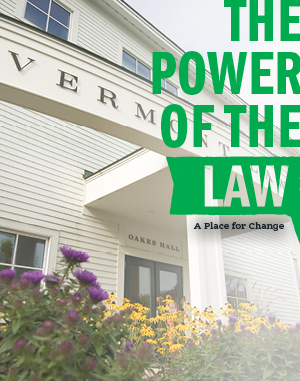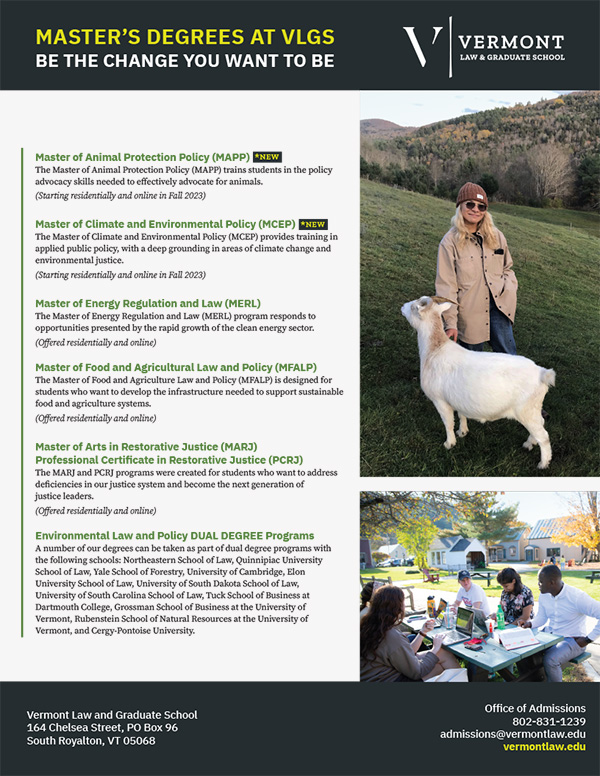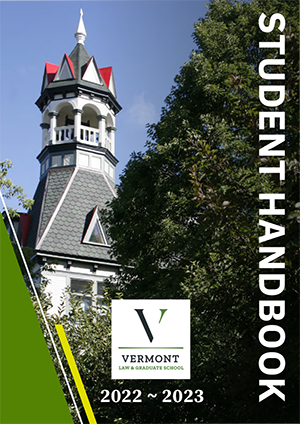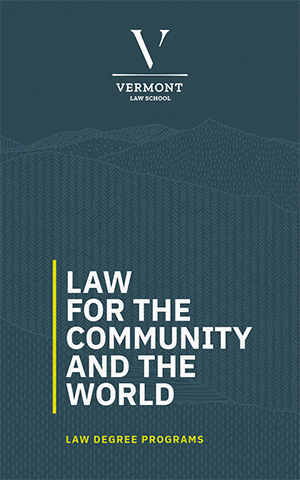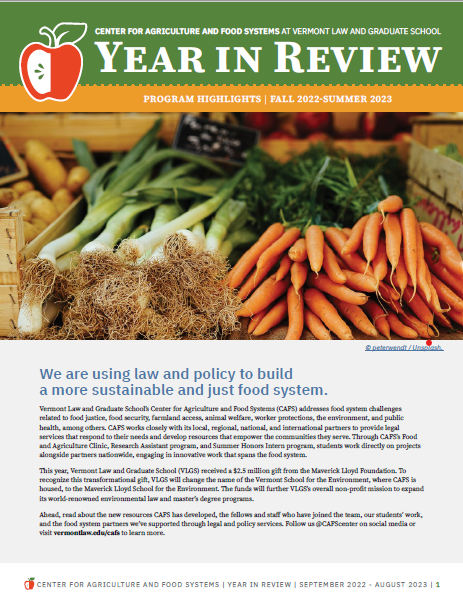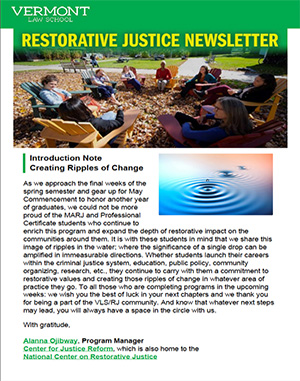Federal mining authorities identified several deficiencies in the wastewater treatment system at the largest coal refuse pile east of the Mississippi River during a recent inspection prompted by Vermont Law School's Environmental and Natural Resources Law Clinic (ENRLC) and the nonprofit Environmental Integrity Project (EIP) ) on behalf of their client Residents Against the Power Plant (RAPP).
The U.S. Office of Surface Mining Reclamation and Enforcement (OSMRE) on Aug. 30 inspected the Champion Processing Coal Refuse Disposal Area, a 600-plus acre site in Washington County in southwestern Pennsylvania. The Champion site contains more than 35 million tons of coal refuse generated from more than 60 years of processing coal from nearby mining operations.
Federal inspectors found Champion had failed to maintain the stability of a treatment facility in conformity with good engineering design. Federal inspectors also asked the EIP and ENRLC to provide more information on water supplies that may be impacted by the coal refuse site.
State officials accompanied OSMRE representatives during an inspection earlier last month and cited Champion for failing to maintain its water treatment facilities to ensure compliance with effluent limitations. State and federal officials also observed water bypassing the collection system and are awaiting test results to determine whether to take additional enforcement actions.
The OSMRE's decision to grant an inspection came nearly 18 months after the ENRLC first asked the Pennsylvania Department of Environmental Protection (DEP) on Oct. 27, 2010, to address potential violations of federal and state air, groundwater and surface water regulations that were identified by the ENRLC and EIP. The two groups also pressed federal authorities to address the unnaturally neon blue "Beaver Pond" north of the coal refuse pile that is visible from Route 22.
Although the OSMRE does not typically grant inspections, the agency determined that federal action at the Champion site was necessary because the Pennsylvania DEP failed to adequately address violations that were previously identified. In addition, the OSMRE is investigating whether Champion has provided adequate financial assurance to cover the cost of full reclamation and is asking state regulators to address potential violations from fugitive dust emissions and groundwater pollution based on information submitted by the ENRLC.
"Our clients and the EIP are pleased that federal authorities recognized the need to investigate potential violations that have gone unaddressed for years," said Ken Rumelt, an ENLRC staff attorney who accompanied OSMRE representatives on the Aug. 30 inspection, adding that the ENRLC student-clinicians were instrumental in gaining the OSMRE's attention. "The OSMRE has already identified violations during its limited involvement at the Champion site and has prompted state authorities to take notice of our concerns."
Cathy Lodge, a nearby resident and the founder of RAPP, said: "After the Pennsylvania DEP and the regional OSMRE office denied our request to inspect two ponds at the Champion site that we fear may be harming our community, we are pleased that some actions are finally being taken."
RAPP and EIP also oppose the site owner's proposal to use the coal refuse as fuel for a waste coal-fired power plant that would be constructed nearby, then return the coal combustion waste to the site for disposal in mines. The U.S. Environmental Protection Agency is deciding how to regulate disposal of coal combustion waste under federal waste disposal laws - namely whether to promulgate federally enforceable protections, which EIP and other environmental groups support, or using the unenforceable "guidelines" that states can choose to adopt or ignore, which the environmental groups oppose for failing to protect public health and the environment. OSMRE will be making a similar determination about how to regulate coal combustion wastes dumped into mines.
Waste coal power plants are a major source of air pollution, including greenhouse gases. Coal combustion wastes from power plants also create a significant threat to groundwater, particularly when disposed in unlined pits and in abandoned mines. Coal combustion waste is known to contain toxic metals, including arsenic, lead, mercury, cadmium, selenium and other pollutants.
"Coal refuse and coal ash pollution leads to serious environmental problems such as acid mine drainage and the release of toxic metals such as arsenic, selenium, and hexavalent chromium in to the environment," said Lisa Widawsky, an EIP attorney who attended the Aug. 30 federal inspection. "The residents living near the Champion site have a right to know whether their water and air contain these dangerous pollutants, and we are thankful that OSMRE agreed that this site warrants closer inspection and cited the Champion Processing for regulatory violations."
The owners of the Champion site have also proposed constructing a gas turbine and waste coal power plant on the Beech Hollow property adjacent to the Champion site. The Robinson Township Board of Supervisors and Planning Commission had a public meeting on Sep. 12 to discuss a zoning change needed for the gas turbine unit.
Read the OSMRE letter granting the inspection.
For more information, contact Kenneth Rumelt, ENLRC staff attorney, at (802) 831-1031 or krumelt@vermontlaw.edu,or Lisa Widawsky, EIP attorney, at (202) 263-4452 or Lwidawsky@environmentalintegrity.org.





